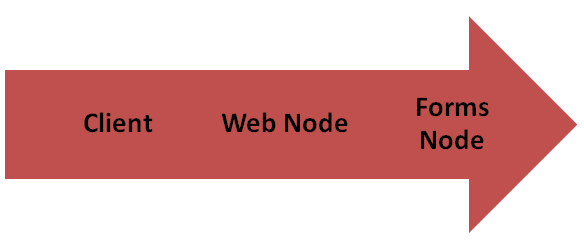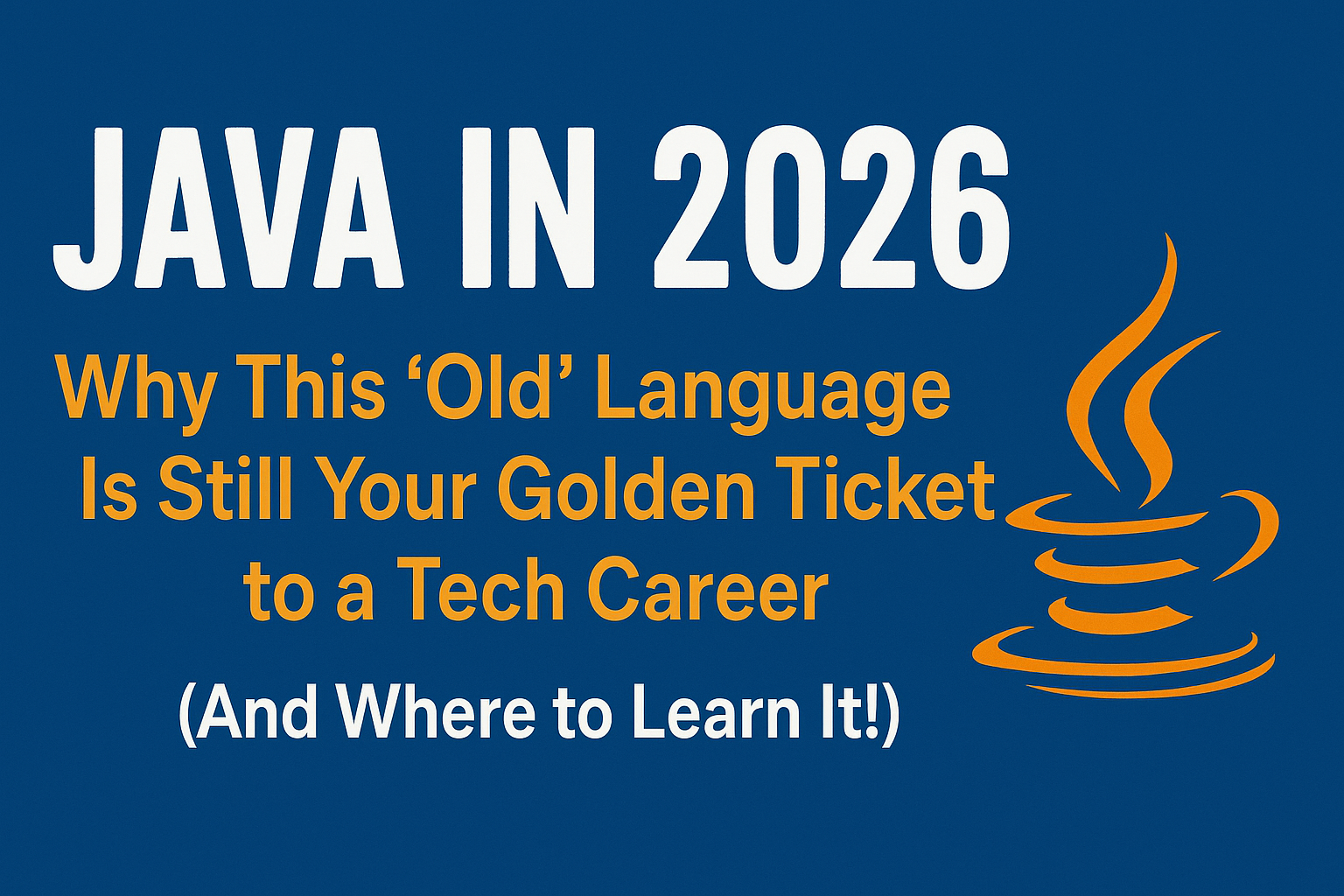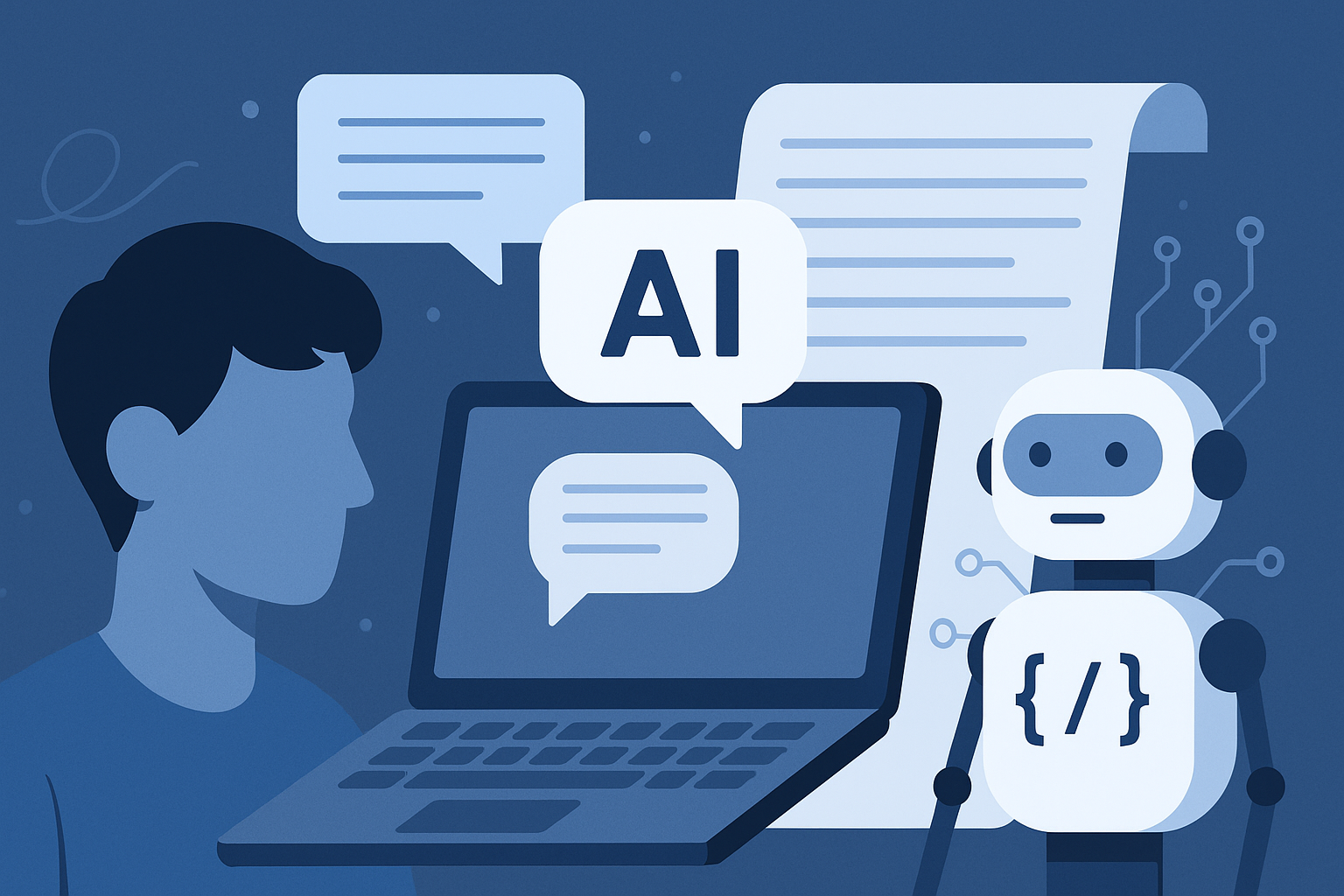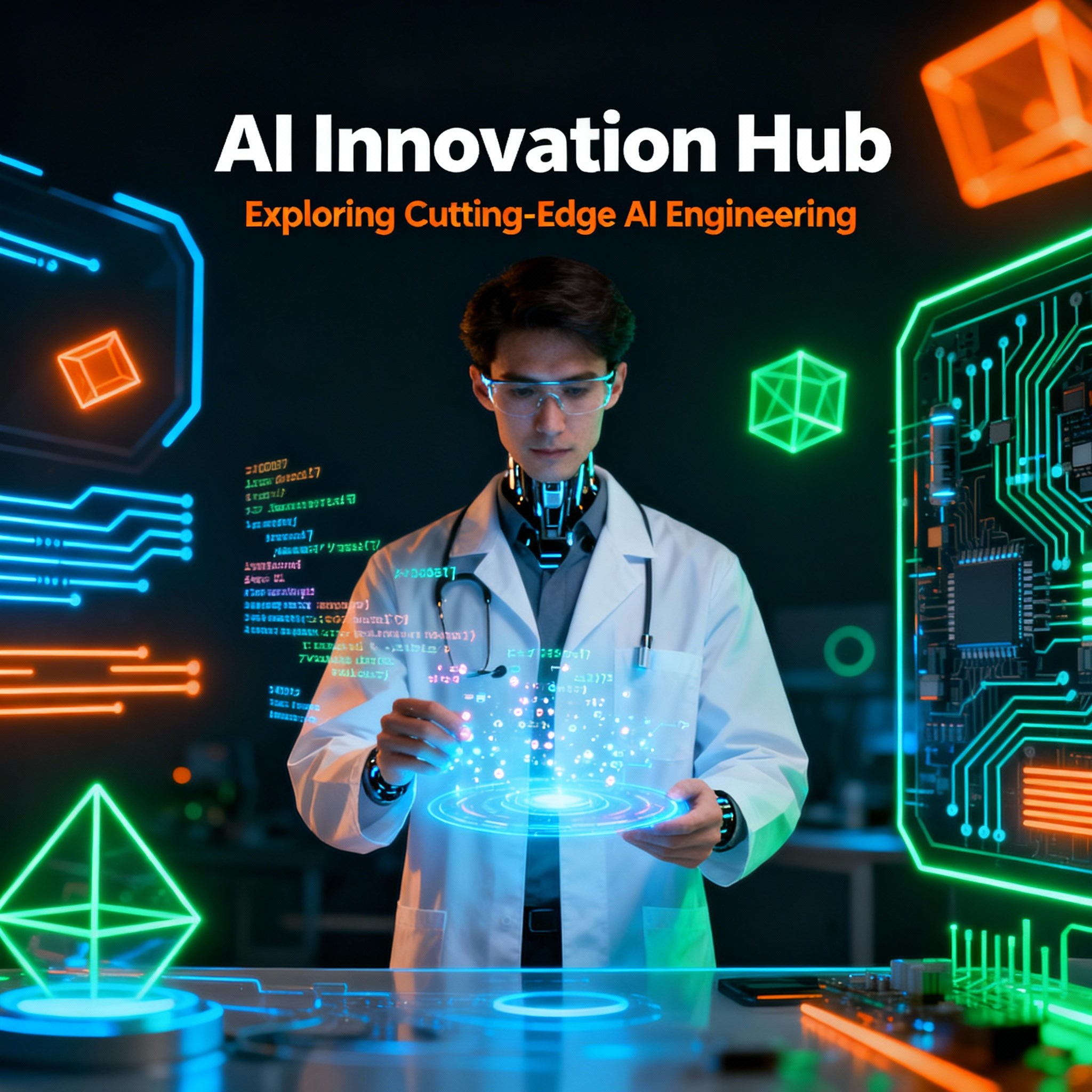Understanding User Perspective and Architecture of Oracle Apps
Oracle Applications are data-driven, comprehensive, personalized, secure, and connected. They empower modern business in the cloud, allowing them to achieve superior results. In this post, we will discuss how users can access Oracle apps, what is its architecture, and key components.
User Request Servicing
To understand the components of Oracle E-Business Suite, it is first critical to know how users access the application. In order to access Oracle Applications, users have to launch a web browser, and then enter the URL, which is the web entry point for the app. After this, the web server will service user access request. You will be displayed a login screen where you have to provide necessary login information. Once you have logged in, you will have to select a responsibility, for example, System Administrator, and then select the menu option like Security: User Define to start working on the app. The menu option will automatically direct you to Java Servlet Pages JSP or HTML page, or to the Forms application.
At this time, the web server will continue serving all Java Servlet or HTML requests, unless until a Forms application is launched. In that case, a Forms Server or Forms Servlet will service such kind of requests. Throughout the entire process, users will retrieve data and execute packages from within Oracle Database.
Oracle Applications Components
Now that you have understood how users access Oracle apps, let’s look at some of the components that service user requests.

- Client: Users trying to access Oracle Applications must have an Oracle-defined web browser like Netscape or Microsoft Internet Explorer. Here, applications are served either as Oracle Forms or web applications. Users have to first login and then continue accessing Forms applications or web pages. It is required to have Oracle JInitiator plug-in to run the Forms as Java applets on the client.
- Web Node: For all Oracle Applications, the default web server is the Oracle Application Server based on Apache, and the web node is the node that runs this server.
- Forms Node: In case where Forms servlets are not configured for Oracle Applications Server, the Forms Sessions are serviced by Forms Server. Whenever a user initiates a Forms request, the web server hands off the request to Forms Server, which listens to incoming requests on a particular port. Forms Node is one that runs the Forms Server.
In addition to the above, Concurrent Processing Node, Database Node, and Admin Node are other components that service user requests.
Oracle Applications Architecture
Basic Architecture: When Oracle apps are deployed with a basic architecture, it usually does not have large concurrent user base, bulk transactional processing requirements, or special configuration requirements. These may run on one tier, which means that all nodes will run on a single physical server.
Two-Tier Architecture: Earlier, the Concurrent Processing Node shared the same tier as Database Node. But with fast network connectivity, it is recommended that the former runs on application tier.
Advanced Architecture: In this model, more number of nodes in the application tier is being split across multiple servers. Furthermore, additional nodes are being defined for similar components. The architecture involves multiple Forms, Web, Database, and Concurrent Processing nodes.
What is Load Balancing?
It is the process of distributing users or transactions to multiple nodes servicing the same function. Load balancing is important when a large number of users need access to Oracle appsor when the number of transactions to be processed is huge. It becomes important to build multiple nodes servicing the same functions, thus, balancing excessive load on a single node.
Find a course provider to learn Oracle Apps
Java training | J2EE training | J2EE Jboss training | Apache JMeter trainingTake the next step towards your professional goals in Oracle Apps
Don't hesitate to talk with our course advisor right now
Receive a call
Contact NowMake a call
+1-732-338-7323Enroll for the next batch
Oracle Apps
- Nov 28 2025
- Online
Oracle Apps
- Dec 1 2025
- Online
Oracle Apps
- Dec 2 2025
- Online
Oracle Apps
- Dec 3 2025
- Online
Oracle Apps
- Dec 4 2025
- Online
Latest blogs on technology to explore

Java in 2026: Why This ‘Old’ Language Is Still Your Golden Ticket to a Tech Career (And Where to Learn It!
Think Java is old news? Think again! 90% of Fortune 500 companies (yes, including Google, Amazon, and Netflix) run on Java (Oracle, 2025). From Android apps to banking systems, Java is the backbone of tech—and Sulekha IT Services is your fast track t

From Student to AI Pro: What Does Prompt Engineering Entail and How Do You Start?
Learn what prompt engineering is, why it matters, and how students and professionals can start mastering AI tools like ChatGPT, Gemini, and Copilot.

Cyber Security in 2025: The Golden Ticket to a Future-Proof Career
Cyber security jobs are growing 35% faster than any other tech field (U.S. Bureau of Labor Statistics, 2024)—and the average salary is $100,000+ per year! In a world where data breaches cost businesses $4.45 million on average (IBM, 2024), cyber secu

SAP SD in 2025: Your Ticket to a High-Flying IT Career
In the fast-paced world of IT and enterprise software, SAP SD (Sales and Distribution) is the secret sauce that keeps businesses running smoothly. Whether it’s managing customer orders, pricing, shipping, or billing, SAP SD is the backbone of sales o

SAP FICO in 2025: Salary, Jobs & How to Get Certified
AP FICO professionals earn $90,000–$130,000/year in the USA and Canada—and demand is skyrocketing! If you’re eyeing a future-proof IT career, SAP FICO (Financial Accounting & Controlling) is your golden ticket. But where do you start? Sulekha IT Serv

Train Like an AI Engineer: The Smartest Career Move You’ll Make This Year!
Why AI Engineering Is the Hottest Skillset Right Now From self-driving cars to chatbots that sound eerily human, Artificial Intelligence is no longer science fiction — it’s the backbone of modern tech. And guess what? Companies across the USA and Can

Confidence Intervals & Hypothesis Tests: The Data Science Path to Generalization
Learn how confidence intervals and hypothesis tests turn sample data into reliable population insights in data science. Understand CLT, p-values, and significance to generalize results, quantify uncertainty, and make evidence-based decisions.

What Is a Security Classification Guide in Cybersecurity?
A Security Classification Guide (SCG) defines how to categorize information assets by sensitivity, with clear instructions from authorized officials to ensure consistent, compliant data handling.

Artificial Intelligence – Field of Study
Explore how Artificial Intelligence blends Machine Learning, Deep Learning, NLP, and Computer Vision to build intelligent systems that learn, reason, and decide. Discover real world applications, ethics, and booming career scope as AI education deman

Understanding Artificial Intelligence: Hype, Reality, and the Road Ahead
Explore the reality of Artificial Intelligence (AI) — its impact, how it works, and its potential risks. Understand AI's benefits, challenges, and how to navigate its role in shaping industries and everyday life with expert training programs